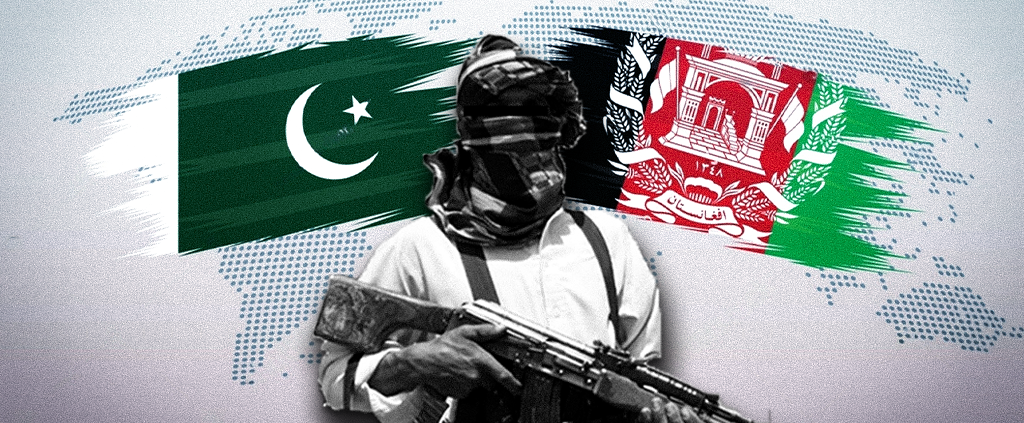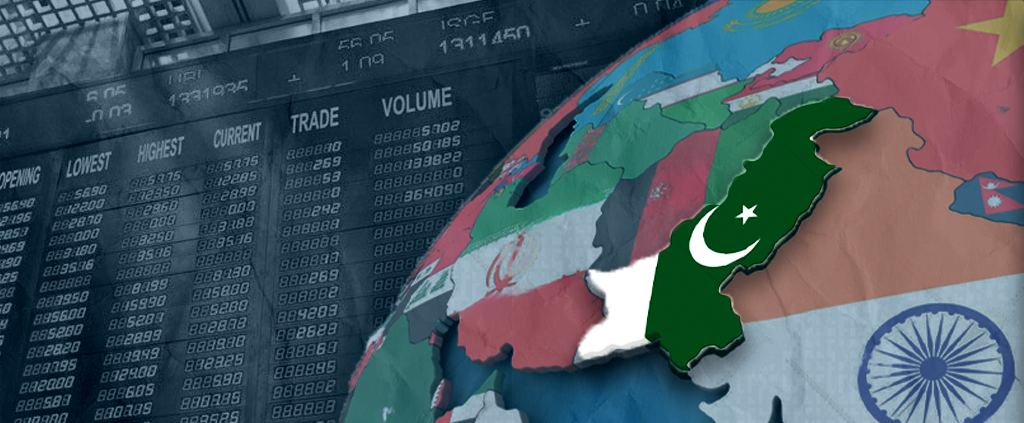Local Governance, Rights and Responsibilities in Pre and Post-Islamic Northern Pakistan
I hail from Dardistan1, a region in northern Pakistan that forms part of the Hindu Kush-Karakoram area, known as the crossroads between South and Central Asia. The name Dardistan describes the area comprising the highest mountain ranges of Hindu Kush, Karakoram, western Himalaya and the Pamir mountains, and includes northern Pakistan, parts of Eastern Tibet in China, eastern Afghanistan and the Kashmir valley on both sides of the Pakistan-India border. My work, as an ethnographer and linguist, is focused on north Pakistan. North Pakistan is a spectacular mountainous land of immense linguistic, ethnic and geographic diversity. It is undoubtedly one of the most multilingual places on the planet. Over centuries, the movement and contact of people at this crossroads of Central and South Asia have left a complex pattern of languages and dialects. By north Pakistan, I mean the region of Gilgit-Baltistan, the upper parts of Pakistan’s northwest province, Khyber Pakhtunkhwa, including the districts of Chitral, Dir, Swat, Buner, Shangla, the upper Hazara division, and the part of Kashmir Vale under Pakistan’s control. In terms of area and population, north Pakistan covers more land and has more people than Austria and Switzerland put together. Traditionally, these communities lived in what the social anthropologist Fredrik Barth called “acephalous states”—societies without political leaders or hierarchies but with their own local, egalitarian system of governance. Notions of rights and responsibilities were deeply embedded in their pastoral cultures and worldviews. Before the expansion of the states into these areas, the people of Dardistan, including northern Pakistan, had their own traditional political organization. Villages and valleys were autonomous and political allegiance was mostly based on lineage and descent. In some communities, however, there existed political organizations based on villages and valleys. There is also evidence of the existence of centralized minor states in Gilgit and in Hunza since 700 CE. In the wake of the “Great Game”—the struggle for control over Central Asia between Russia and Britain—the latter applied a policy of controlling the northern borderline states, in Gilgit and in Chitral. They consolidated their power through the local rulers in these areas. By 1889 the British formed the Gilgit Agency to control the region of Hindu Kush and Karakoram by establishing good relations with the local monarchs in Gilgit-Baltistan and Chitral areas; and thus established their ‘indirect rule’ there. Prior to their indirect rule there were smaller princely states in Gilgit, Hunza, Nagar, Yasin, Baltistan and Chitral that were responsible for maintaining the political order with the support of village and valley level local influentials. The British, however, did not apply this policy to areas further south of Dardistan—in Kohistan, Diamer, Swat and Dir. These regions mostly remained independent and uncontrolled until the end of British rule in the sub-continent. The local princely states established in Swat and Dir in the beginning of the twentieth century were indirectly controlled by the British Political Agent at the Malakand top. These states were allowed to expand their rule in areas where the Dardic people, such as the Torwalis, Gawris, Mayo and Shina, were living. The Swat state extended to the Torwal area in 1921-22, leaving the Kalam territory under the direct rule of the British Political Agent. The Panjkora valley in upper Dir came under the rule of the Nawab of Dir, while the western part of Indus Kohistan up to Kandhia was annexed to the Swat State by 1939. Before the annexations these areas were mostly autonomous. The Shinkari and Indus Koshistani areas had independent political units called ‘segmentary republics’ by the German anthropologists, Karl Jettmar. On the right bank of the Indus River, according to the ethnographer Jurgen Wasim Frembegen, the main political units were Duber, Jijal, Patan, Seo and Kandhia; whereas on the left bank of the Indus River, in Shinkari Kohistan, these units were Basha, Harban, Shatial, Sazin, Sumer, Jalkot, Palas, Kolai and Batera. These are valleys in the Kohistan and each valley was a political unit. Each valley had a fortified village in which the houses had huge watch towers, known as Shikari, which were like forts for the purpose of defending their ‘republics’ against invasion by other such republics. The main conflicts were over grazing lands. There were constant armed conflicts between these village or valleybased republics; and for that reason, these areas were mostly known as Yaghistan, literally meaning ‘land of lawlessness’. Frembegen mentions in his 1999 paper, ‘Indus Kohistan: An Historical and Ethnographic Outline’, that the valleys of Tangir and Darel in the Diamer were different in as much as they seemed to be considered as a transitional zone between the northernmost centralized states of Gilgit and Yasin and the southern areas where the ‘segmentary republics’ existed. Internal conflicts were common until the British took over the ‘valley republics’. The fortified villages were abandoned, and various clans were able to easily move out of these villages to settle elsewhere. According to Keiser, in his1991 book, ‘Friend by Day; Enemy by Night’, apart from the major conflicts on grazing lands, blood feuds were also common in these areas as well as in the areas of Panjkora, upper Dir. The main cause was family honour. Crimes such as rape or adultery were resolved by local people through their traditional social norms and dispute resolution mechanism. There were male assemblies with different names in different areas. For instance, in Harban these were known as Sigas whereas in Torwal in Swat and Panjkora in Dir these were known as Yarak and Kher respectively. In former Kafiristan, now Nuristan, these were known as Ure. These terms have now been mostly replaced by the word Jirga. Its members used to be village influentials from the landholding class of the male population. These men are now mostly known as Maliks in Swat, Dir and Kohistan, while in Shinkari Kohistan, Gilgit and Chitral the men associated with Sigas and Mahraka were known as Jashtero (they were also known as Dharmus in Chitral). The term Jast, meaning elder man, was also common among the Kati and
Local Governance, Rights and Responsibilities in Pre and Post-Islamic Northern Pakistan Read More »





